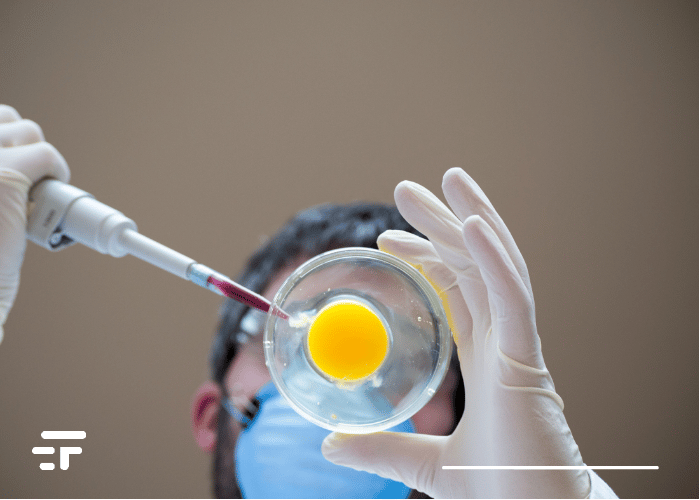The perfect pets for allergy sufferers? But of course the hypoallergenic cats that we could see everywhere in a few years.
A team of experts is working to create genetically modified hypoallergenic cats. They aim to remove the protein that causes allergies in humans from their genomes, erasing all the annoying symptoms.
The project starts from research on gene editing CRISPR of germ cells, which determine the DNA of every other cell. By modifying these genes, some researchers from the biotech company InBio, they should be able to effectively eliminate the protein causing the allergy.
How allergies arise
Allergy symptoms are linked to the presence of allergens, molecular structures foreign to the body that "activate" a defensive response by the immune system.
Once attacked, the system starts producing antibodies to destroy the allergens. In turn, the antibodies activate the white blood cells to release histamines.
Histamines are the cause of inflammation, which results in: sneezing, coughing, watery or itchy skin. Hypoallergenic cats may eliminate these problems in the bud, allowing allergy sufferers to enjoy their company.

Hypoallergenic cats?
The cat allergen that causes the allergy is a protein called Error d 1, released by the salivary and skin glands. InBio scientists analyzed the DNA of 50 domestic cats, comparing it with the DNA of 8 different species of wild cats.
In this way, they were able to understand which gene is responsible for the creation of the Fel d 1 protein and if this gene is essential for the survival of the cat.
Secondo Nicole Brackett, one of the geneticists involved in the process, there is a good chance of success.
The “new” cats
Analyzing the results, the team found two genes, CH1 and CH2, responsible for the production of Fel d 1.
They then used the gene editing tool CRISPR-Cas9 to eliminate them, obtaining positive results. Most importantly, the researchers noted that there were no immediate negative side effects associated with deleting the gene.
At present, the technique has only been tested on cells vitro , and not yet on real cats.
The team plans to start in vivo tests only when they are completely sure that there are no risks.

The success of the therapy, as Nicole Brackett states, “can profoundly benefit cat allergy sufferers by removing the major allergen at the source.”
Most likely, several years will pass before concrete results are obtained. Yet, the hypothesis of genetically modified hypoallergenic cats is more than interesting.
Imagine how many people could enjoy it, and what kind of impact it could have for the future of medicine.
We just have to wait a few years.


